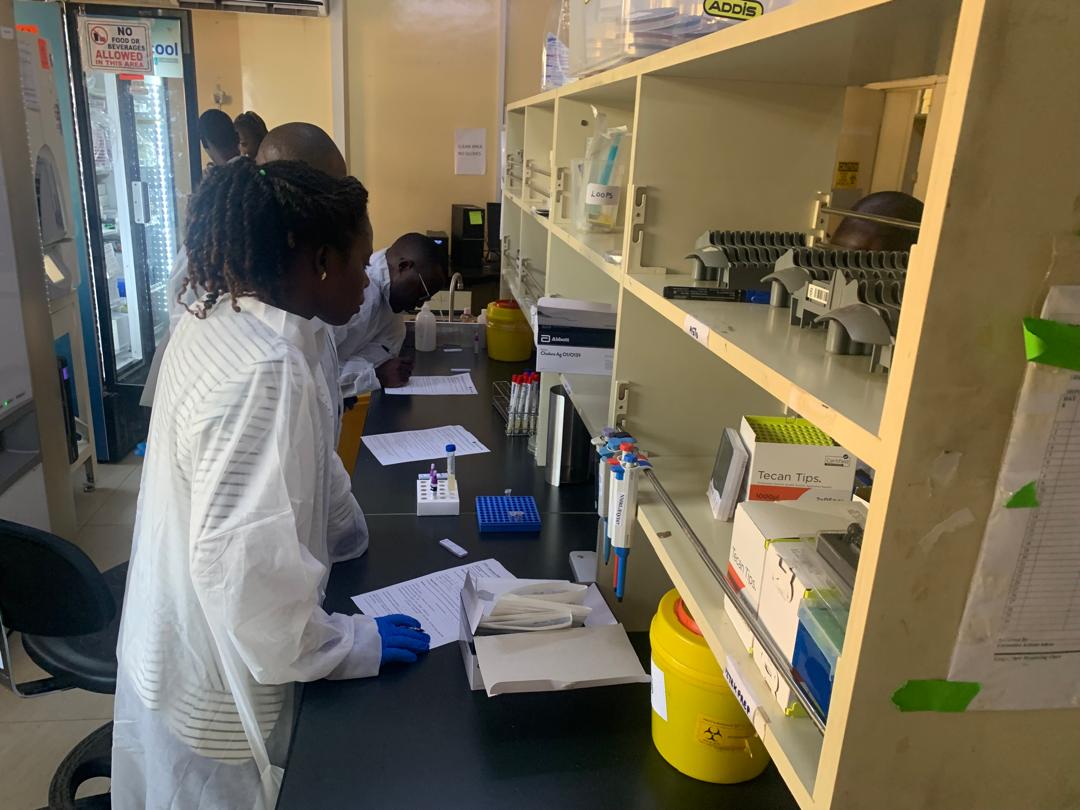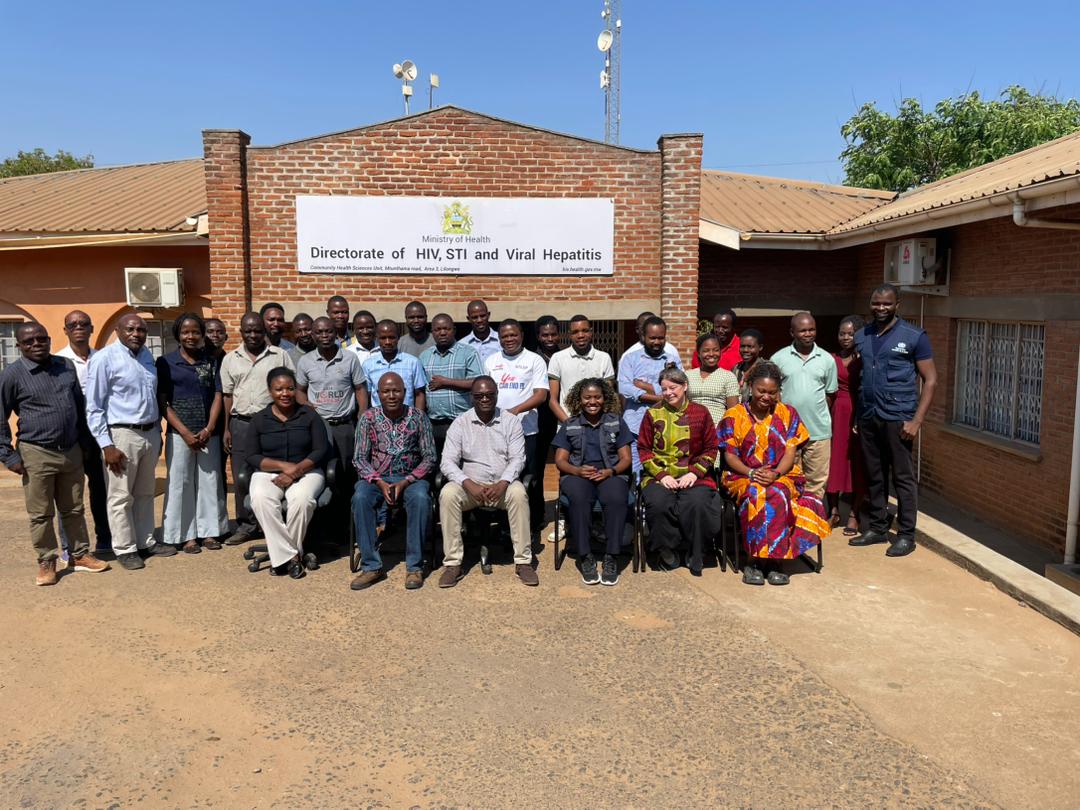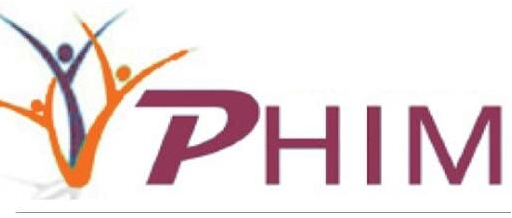
Strengthening the Frontline
by
Moses Nyambalo Phiri in collaboration with Happy Abraham Manda, and Settie Kanyanda.
Supported by GTFCC and WHO – Malawi.
The Challenge: A Persistent Threat
The training session were officially opened by the Director for PHIM, Dr. Mathew Kagoli, he outlined the critical public health challenge that necessitated this high-level training and addressed the ongoing struggle with cholera and the urgent need for enhanced surveillance and rapid diagnostic capabilities across the nation.
“Why is Malawi still struggling with cholera in the 21st century, while resources are being poured daily for intervention? This could improve if surveillance of cholera is taken seriously by the laboratory, and all depends on the participants’ efforts in applying the knowledge learned as early as possible.”
— Dr. Matthew Kagoli, Director of PHIM
Our Strategy: The 7-1-7 Approach
A core component of the training was the introduction of the 7-1-7 framework, a global standard for managing public health emergencies. The following breaks down the three critical timelines for an effective response.
Days to Detect
Every public health threat must be detected within seven days of its emergence.
Day to Notify
Confirmed threats must be reported to national authorities within one day.
Days to Respond
A comprehensive, effective response must be initiated within seven days of notification.
Training in Action: Theory to Practice
This section provides a look inside the intensive Training of Trainers program. The curriculum was carefully designed to blend foundational knowledge with critical, hands-on laboratory skills, ensuring participants are equipped to become effective trainers in their home districts.
In the Classroom: Building Knowledge
Participants engaged in didactic sessions covering the strategic frameworks, diagnostic protocols, and the latest advancements in cholera surveillance. These sessions, led by experts from WHO and PHIM, laid the theoretical groundwork for the practical exercises to follow. Use the arrows to see more.
In the Lab: Honing Skills
The cornerstone of the ToT was intensive, hands-on laboratory work. Dressed in full personal protective equipment, participants practiced sample handling, culturing, and interpretation of both conventional diagnostics and Rapid Diagnostic Tests (RDTs), ensuring proficiency and standardization. Use the arrows to see more.
Key Voices: Leadership & Partnership
The success of this initiative is driven by strong leadership and collaboration. This section highlights the perspectives of key figures from PHIM and its partners, whose guidance and support were instrumental during the training.
“She emphasised the need to impart knowledge to laboratory personnel to do more surveillance on cholera and other outbreak-prone infections.”
— WHO Representative
“The selection was not just for granted, but being the districts that are prone to Cholera, they were worthy to be considered.”
— Mr. Joseph Bitilinyu-Bangoh
The training was coordinated by Mrs Dorothy Moyo Kalata who also acted as MC during opening remarked by invited delegates.
— Mrs. Dorothy Moyo Kalata, Coordinator
PHIM’s Commitment to a Cholera-Free Future
This final section reflects on the long-term vision. This Training of Trainers initiative is a proactive step to strengthen the very foundation of Malawi’s public health system. By empowering laboratory professionals and embedding global best practices, PHIM is paving the way for a healthier nation, secure from the threat of cholera.


Very informative